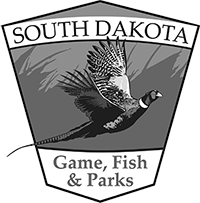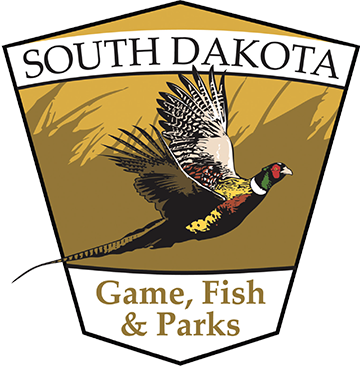Three-Duck Limit Option
Waterfowl hunter numbers have declined significantly within the past 20 years. Many factors are associated with this, including the harvest restrictions for certain species and sexes of ducks, which puts pressure on new or inexperienced hunters to be able to correctly identify waterfowl during their hunt. Duck identification can be difficult and could be preventing potential hunters from getting into the sport.
To help address the issue, the U.S. Fish and Wildlife Service recently approved a two-tier duck regulation experiment. Nebraska and South Dakota will test the new system for four years starting with the 2021 duck season and running through 2025. If proven a success through waterfowl hunter numbers and duck populations, the program will be extended beyond 2025 and possibly to additional states.
To duck hunt in South Dakota, a hunter must have the following license requirements:
- Resident: Small game license, 1-day small game license, combination license, or youth small game license.
- Nonresident: Nonresident waterfowl license (obtained by application only).
- Both residents and nonresidents must also have a South Dakota Migratory Bird Certification, Federal Waterfowl Stamp (ages 16 and older), and a South Dakota Habitat Stamp (ages 18 and older).
- See below on how to select the three-duck daily bag limit option.
Migratory Bird Certification Options
Hunters will be required to select one of two regulation options for the duck hunting season when they purchase their South Dakota Migratory Bird Certification.
- Traditional Migratory Bird Certification
- Traditional six duck limit, including all species and sex requirements. The possession limit of three times the daily bag limit, or 18 ducks, applies.
- Duck hunters will see no difference in their license requirements, bag limits or possession limits from the license they held prior to 2021.
- Three-Duck Migratory Bird Certification
- Three-duck limit with no species or sex restrictions. Hunters can harvest three ducks of any legal species or sex. The possession limit of three times the daily bag limit, or nine ducks, applies.
Eligibility
- All hunters are eligible to purchase either the traditional or three-duck migratory bird certification.
- There are no age requirements for either option.
- Once an option is selected, a hunter must stick with that option for the duration of the duck season.
- Hunters can make a different selection for the next year’s duck season.
- Hunters may select either the traditional or three-duck option each year. There is no requirement to “move up” after a certain period.
- This migratory bird certification applies to duck season only, this does not apply to goose seasons or upland game.
Hunting Parties
- Hunters with different migratory bird certifications may hunt together.
- The three-duck limit option makes it easier for experienced duck hunters to mentor new or less experienced hunters.
Duck Identification Resources
- Duck identification is important for harvest management. However, identification is not easy for new hunters — and often even for some veteran hunters. The three-duck limit allows hunters to improve their duck identification skills.
- Because this experiment is limited to Nebraska and South Dakota, harvest of species like canvasbacks, scaup (bluebills), and pintails will be minimal. The number and species harvested will be monitored to ensure these populations aren’t negatively affected.
- All hunters are encouraged to improve their duck identification skills. The U.S. Fish and Wildlife Service offers excellent education resources.
Learn More About the Three-Duck Option
Senior Waterfowl Biologist Rocco Murano joined the Delta Waterfowl Podcast to discuss these changes. The entire podcast is available on YouTube.

